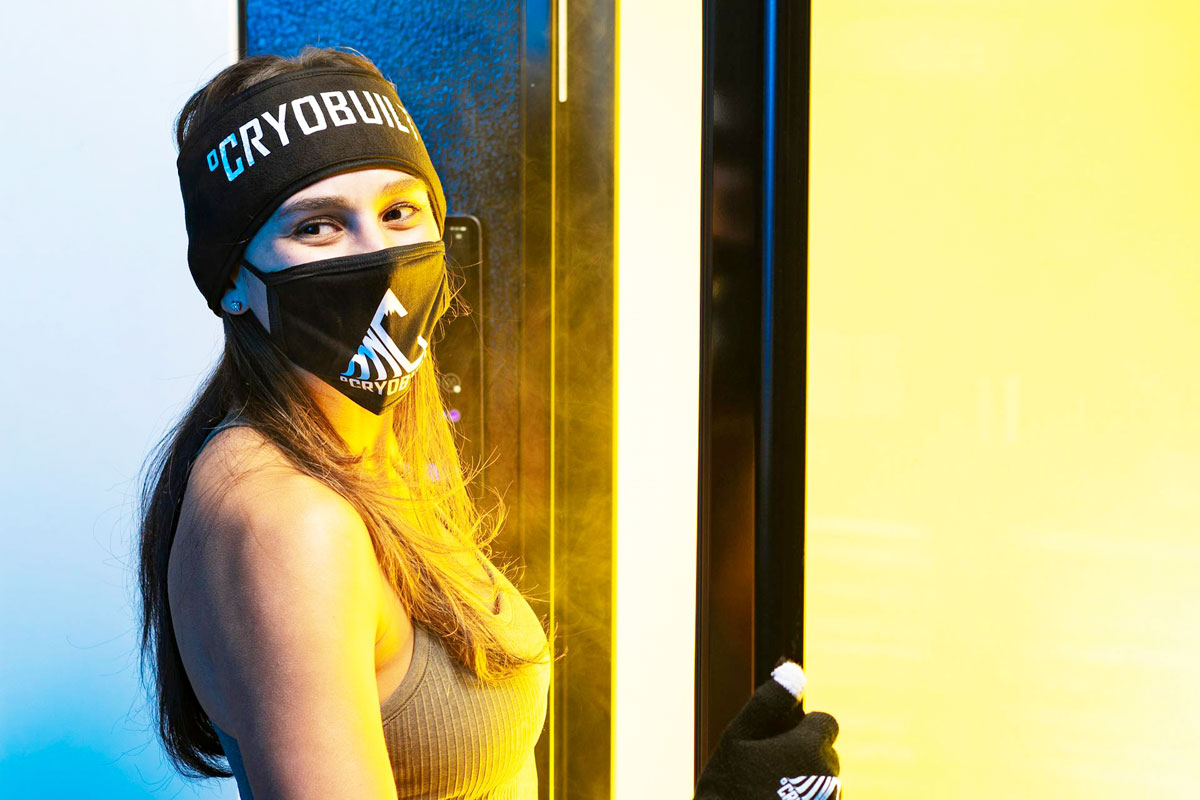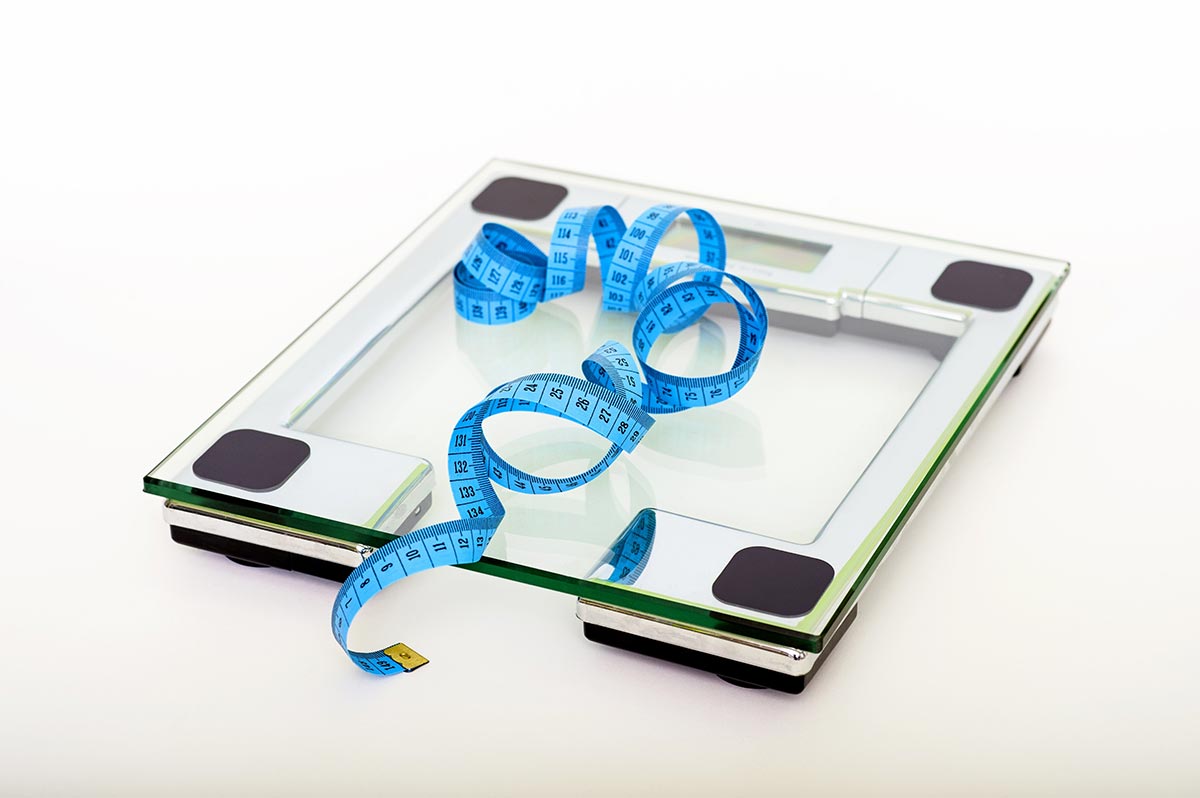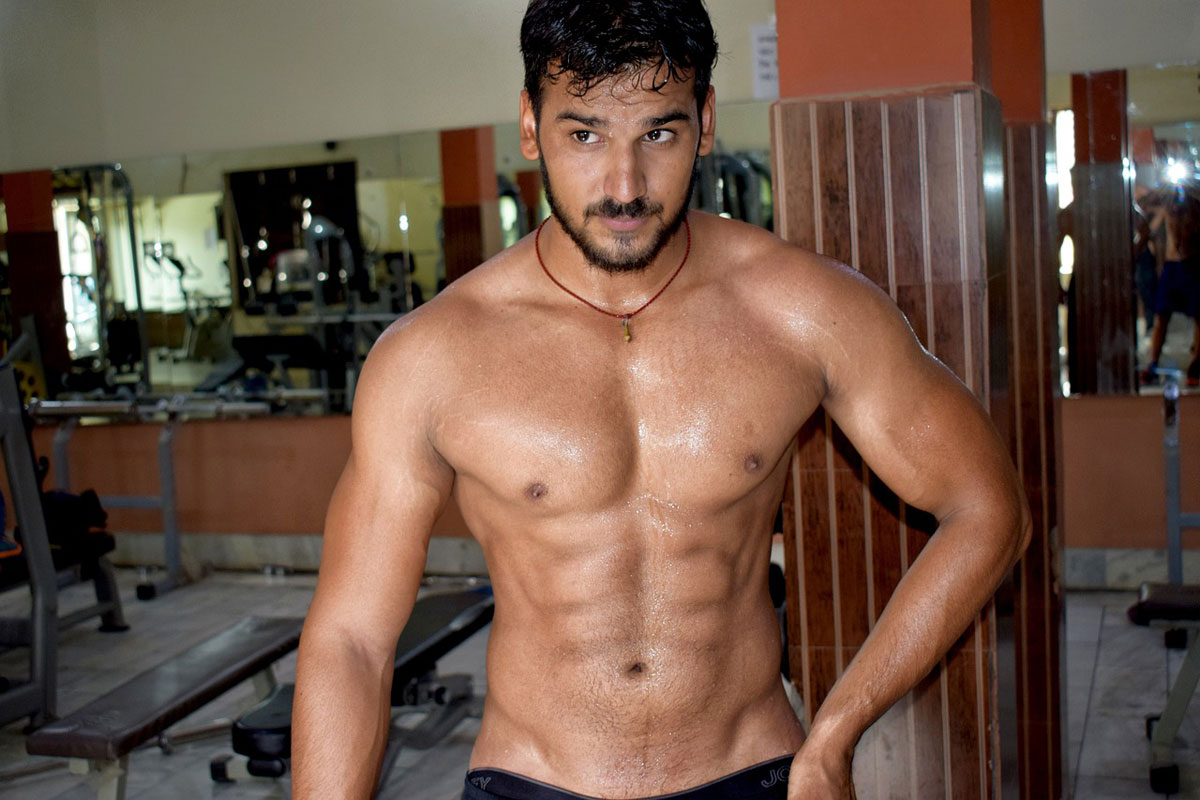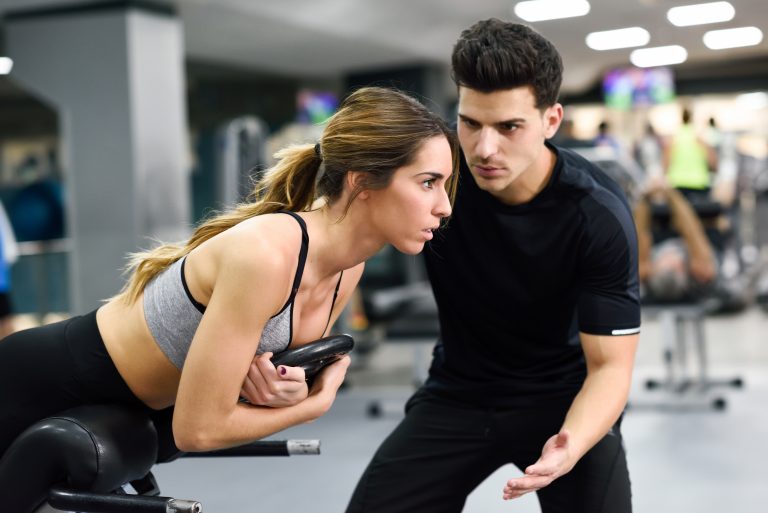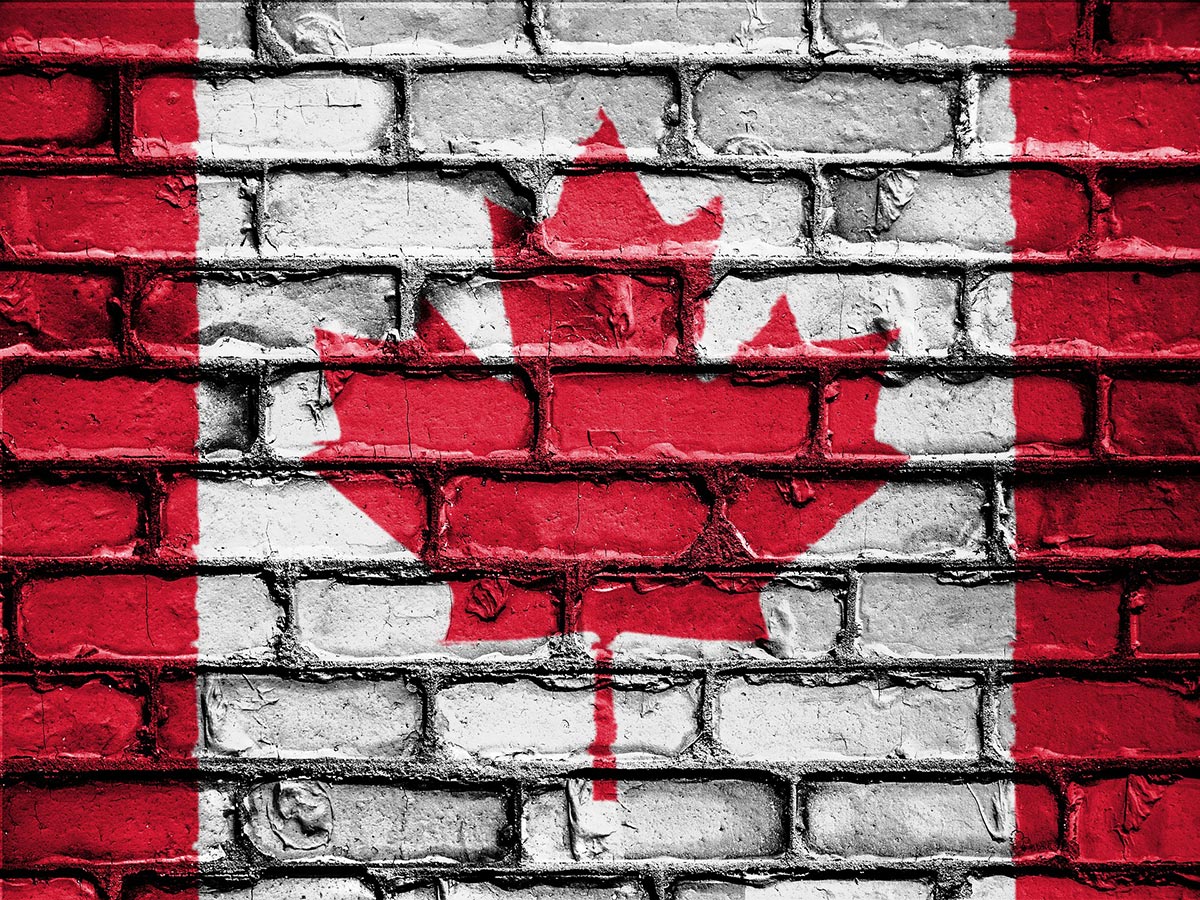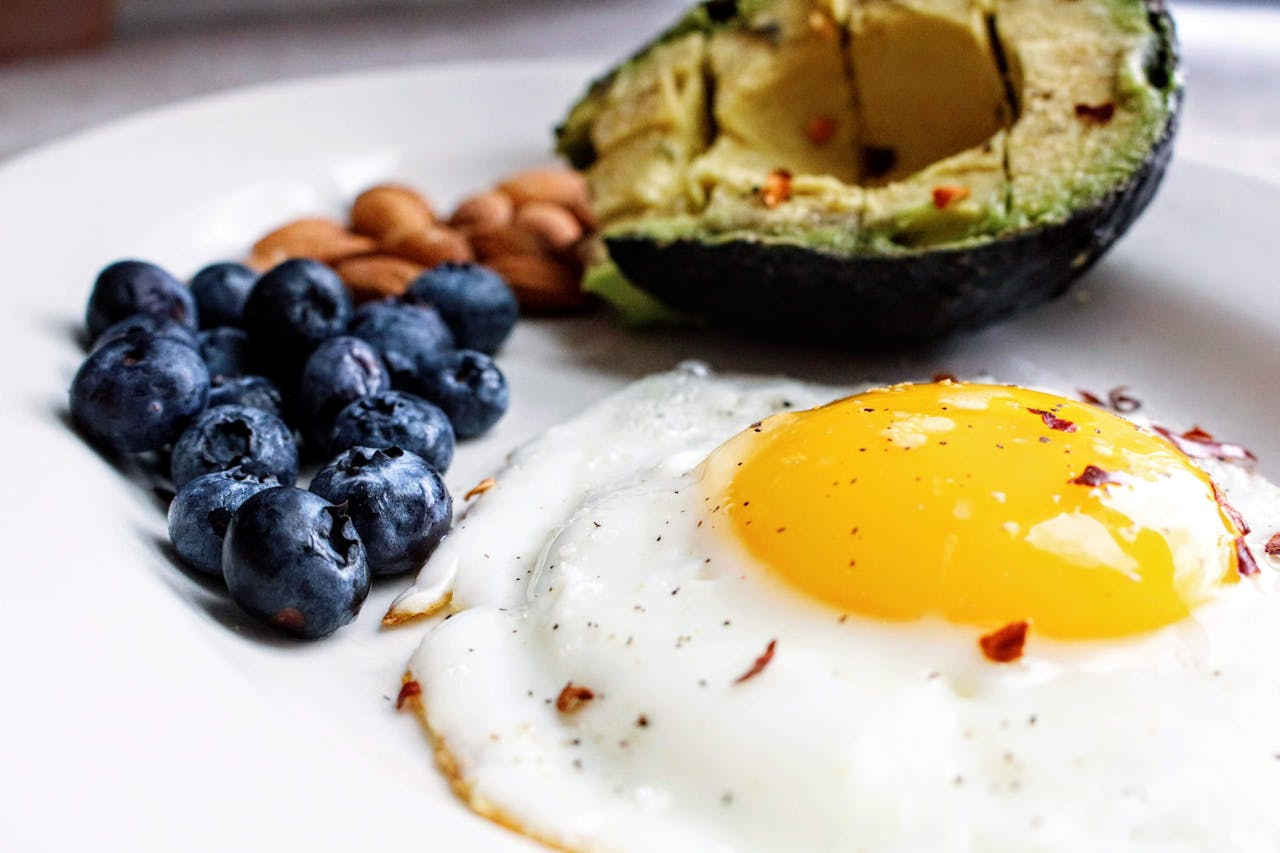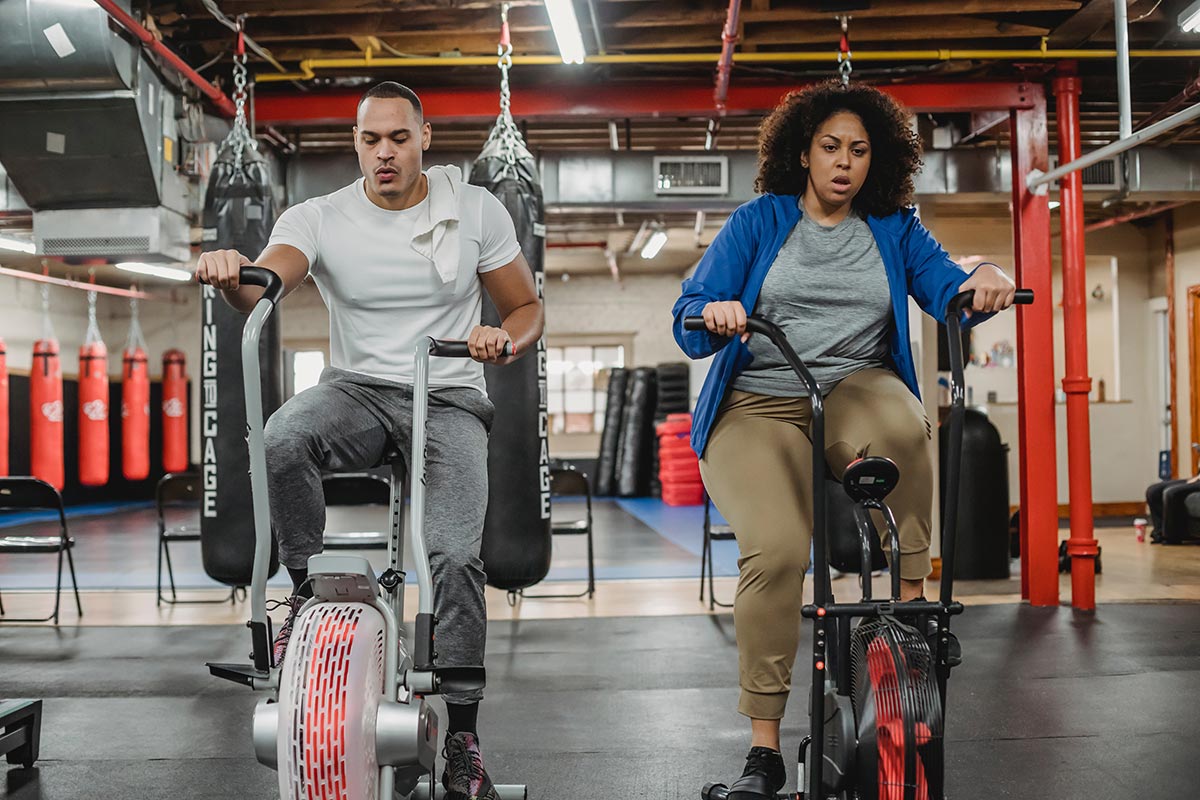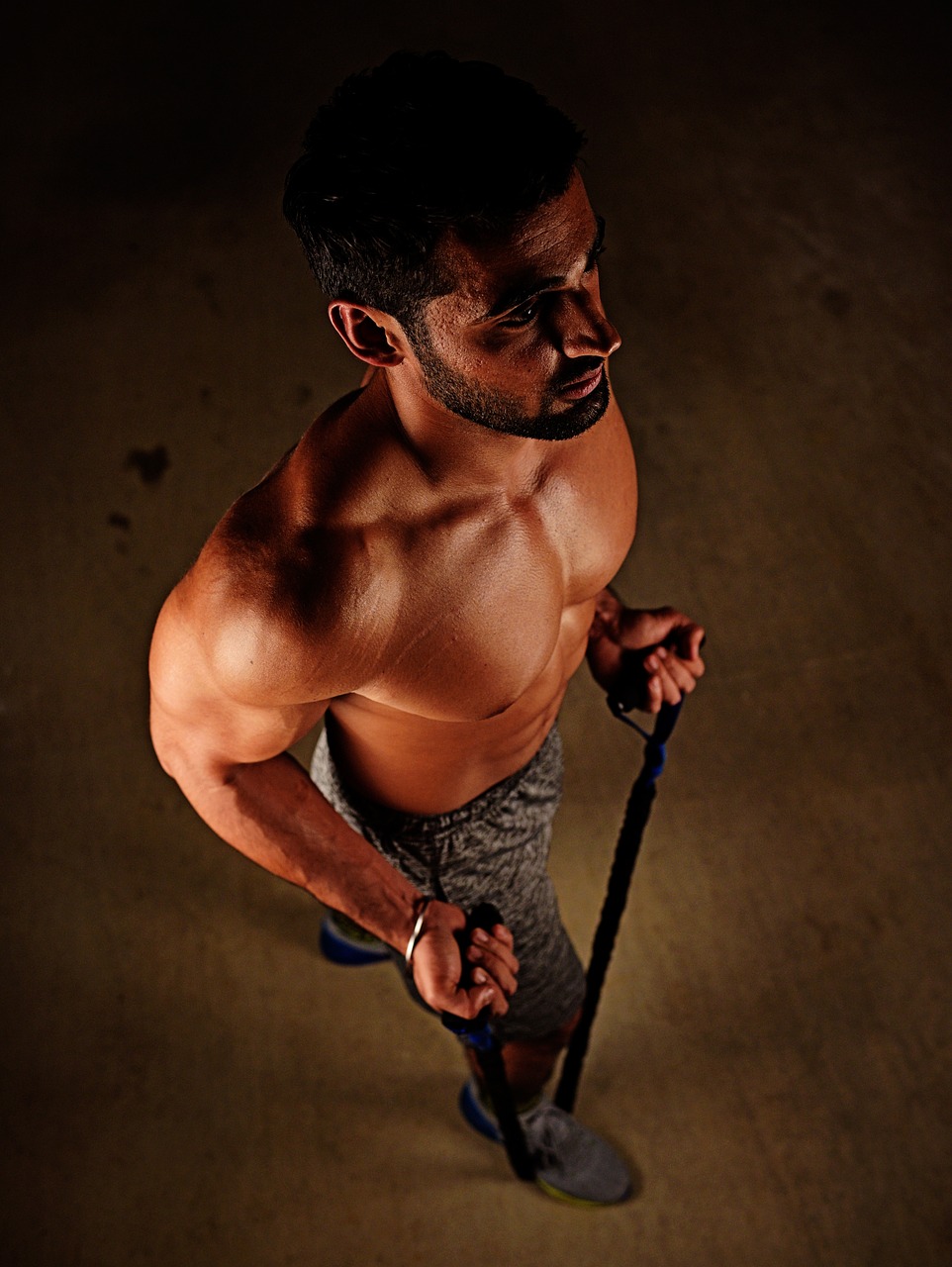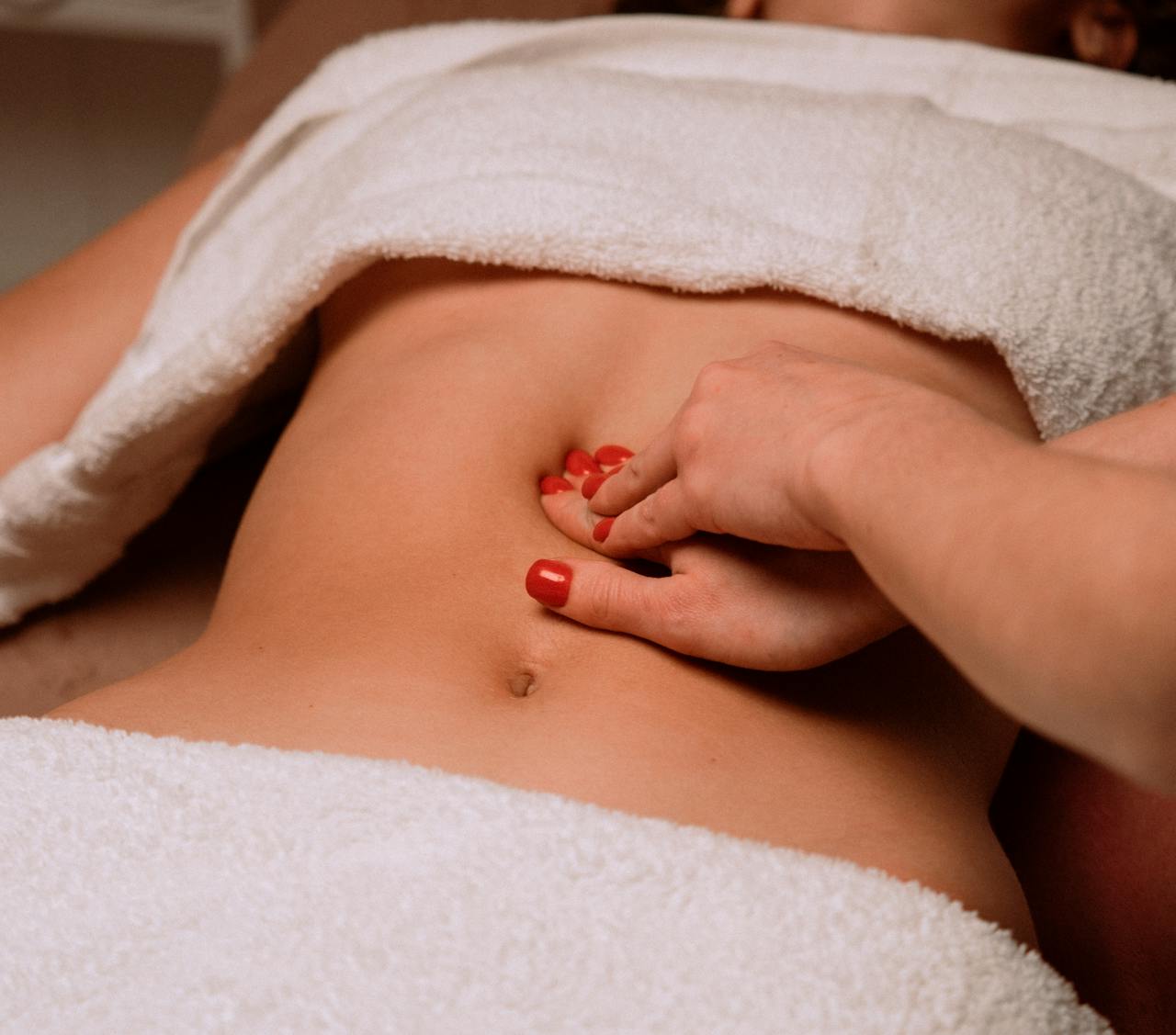1. Whole-Body vs. Local Cryotherapy – What's the Difference?
Most people picture a futuristic chamber where your body is blasted with cold mist at −110 °C, but that's only part of the story. Cryotherapy isn't one-size-fits-all. Local cryotherapy targets specific areas like knees, shoulders or the lower back – using hand-held devices to apply freezing air or nitrogen gas directly. Whole-body cryo immerses the entire body (except the head) for just 2–3 minutes. While both approaches aim to reduce pain and inflammation, local cryo is often used in rehab or after acute injuries, whereas whole-body is favored for overall recovery and neurochemical effects.
2. Immune Modulation & Inflammation – The Science
Studies show cryotherapy may reduce pro-inflammatory cytokines like TNF-α and IL-6, while increasing anti-inflammatory ones like IL-10. A 2022 review in the *International Journal of Molecular Sciences* highlights how cold exposure modulates immune function, potentially benefiting autoimmune conditions and chronic low-grade inflammation. It’s not a cure, but the immune system clearly reacts – and often positively.
3. Psychological Benefits – From Dopamine to Grit
Cold stress is short, sharp, and effective. Similar to ice baths, cryotherapy triggers dopamine surges up to 250% above baseline, enhancing mood and mental clarity. Athletes report improved focus, motivation and a strange sense of post-cold euphoria – sometimes referred to as the "ice high." There’s growing interest in how repeated exposure builds resilience, making users more stress-tolerant and mentally robust.
4. Long-Term Effects or Just a Cool Gimmick?
While the immediate effects are clear – reduced soreness, mood lift, better sleep – long-term benefits are still debated. A meta-analysis in *Frontiers in Physiology* (2021) found moderate support for chronic inflammation reduction, but emphasized placebo effects and protocol variation. More research is needed, especially over periods longer than six weeks. For now: use it, but don’t expect miracles.
5. Cryo vs. Ice Bath – Cold Clash of the Titans
Let’s break it down:
| Criterion | Cryotherapy | Ice Bath |
|---|---|---|
| Temperature | −110 to −150 °C | 0 to 10 °C |
| Duration | 2–3 minutes | 10–15 minutes |
| Application | Full-body (except head) | Full-body immersion |
| Sensation | Dry cold | Wet, intense cold |
| Cost | High | Low |
6. Target Groups – Who Benefits?
While elite athletes popularized cryotherapy, it’s not just for the pros. Recreational athletes use it for recovery and soreness. Chronic pain patients find relief in localized applications. There’s growing use in post-COVID fatigue protocols and in managing autoimmune flare-ups. However, it’s not recommended for people with circulatory issues, cold allergies or certain cardiovascular conditions.
7. Cost, Access & Insurance in the U.S.
One session can cost $40–$80; monthly memberships range from $250–$500. Insurance typically doesn’t cover it, unless part of a broader rehab plan prescribed by a licensed provider. Some HSA/FSA accounts may reimburse if medically justified. As of 2024, cryotherapy is booming in urban wellness centers, biohacking spas, and even premium gym chains like Equinox or Lifetime Fitness.
8. Cryotherapy + Other Modalities – Recovery Stacks
Cryo rarely stands alone. It’s often paired with infrared saunas, compression therapy, PEMF beds or lymphatic drainage. The idea: stack different recovery stimuli to amplify outcomes. There’s anecdotal and emerging data suggesting synergy, especially when timed with circadian rhythms or workout intensity.
9. The Hype Machine – Truth vs. Marketing
Some studios make wild claims: fat-burning, age reversal, total detox. Let’s be real: cryo won’t melt your belly or turn back time. But it can aid recovery, improve sleep, reduce inflammation and make you feel amazing. That’s enough – no magic needed.
10. The Future – AI, Smart Protocols & DIY Chambers?
Tech integration is the next frontier. Apps already guide usage, track responses, and adjust protocols based on HRV or sleep data. Portable cryo units and smart chambers are in development. Expect AI-generated recovery plans and home-use innovations within the next five years – for those who want frostbite on demand.
Bonus Table: Modalities Compared
| Method | Pain Relief | Inflammation | HRV Boost | Mood Impact |
|---|---|---|---|---|
| Cryotherapy | High | High | Moderate | High |
| Ice Bath | High | Moderate | Moderate | High |
| Compression | Moderate | Low | Low | Low |
| Infrared Sauna | Low | Moderate | Variable | High |
Sources:
1. Costello JT, Baker PR, Minett GM, Bieuzen F, Stewart IB, Bleakley C. "Whole-body cryotherapy (extreme cold air exposure) for preventing and treating muscle soreness after exercise in adults." Cochrane Database Syst Rev. 2015;(9):CD010789.
2. Rose C, Edwards KM, Siegler J, Graham K, Caillaud C. "Whole-body cryotherapy as a recovery technique after exercise: a review of the literature." Int J Sports Med. 2017 Apr;38(14):1049-1060.
3. Lombardi G, Ziemann E, Banfi G. "Whole-body cryotherapy in athletes: from therapy to stimulation. An updated review of the literature." Front Physiol. 2017 May;8:258.
4. Lubkowska A, Szyguła Z, Chlubek D. "The effect of whole-body cryostimulation on the levels of some hormones in professional athletes." J Hum Kinet. 2010;26:115-120.
5. White GE, Wells GD. "Cold-water immersion and other forms of cryotherapy: physiological changes potentially affecting recovery from high-intensity exercise." Extreme Physiology & Medicine. 2013;2(1):26.
6. Hausswirth C, Louis J. "Whole-body cryotherapy and exercise recovery in athletes: a review." Int J Sports Physiol Perform. 2013 Mar;8(3):227-242.
7. Chan YS, Cheng SC, Sin TK, Wong RY, Chung SH, Pang B, et al. "Whole body cryotherapy improves recovery from exercise-induced muscle damage: A randomized controlled trial." Eur J Appl Physiol. 2016 Oct;116(10):2057–2066.
8. Ferreira-Junior JB, Bottaro M, Loenneke JP, Vieira A, Vieira CA, Bemben MG. "Does short-term resistance training with blood flow restriction promote muscle hypertrophy and strength gains?" J Strength Cond Res. 2012;26(3):655–662.
9. Bleakley CM, Davison GW. "What is the biochemical and physiological rationale for using cold-water immersion in sports recovery?" A systematic review. Br J Sports Med. 2010;44(3):179–187.
10. Miller E, Markiewicz-Zukowska R, Mariak Z, Sawicki K, Martinoff J. "Cryotherapy as a method for treating chronic pain conditions: a review." Med Sci Monit. 2019;25:7652–7660.
